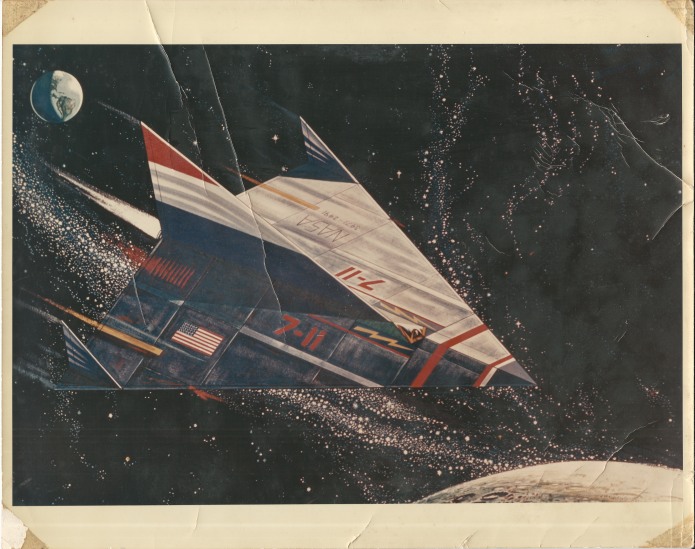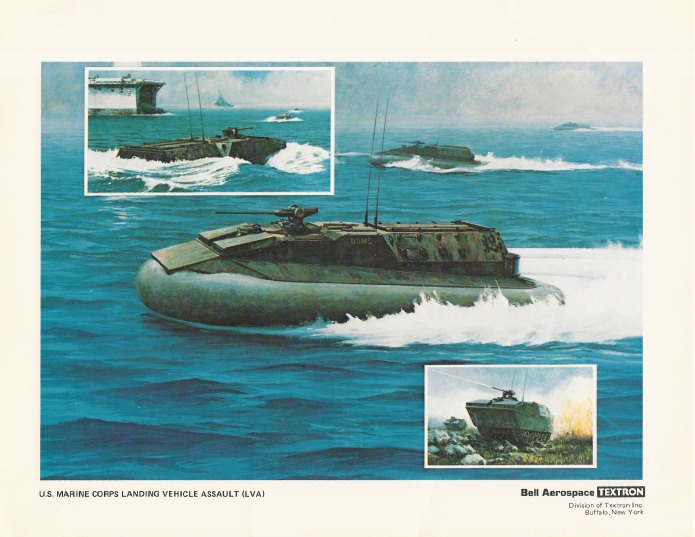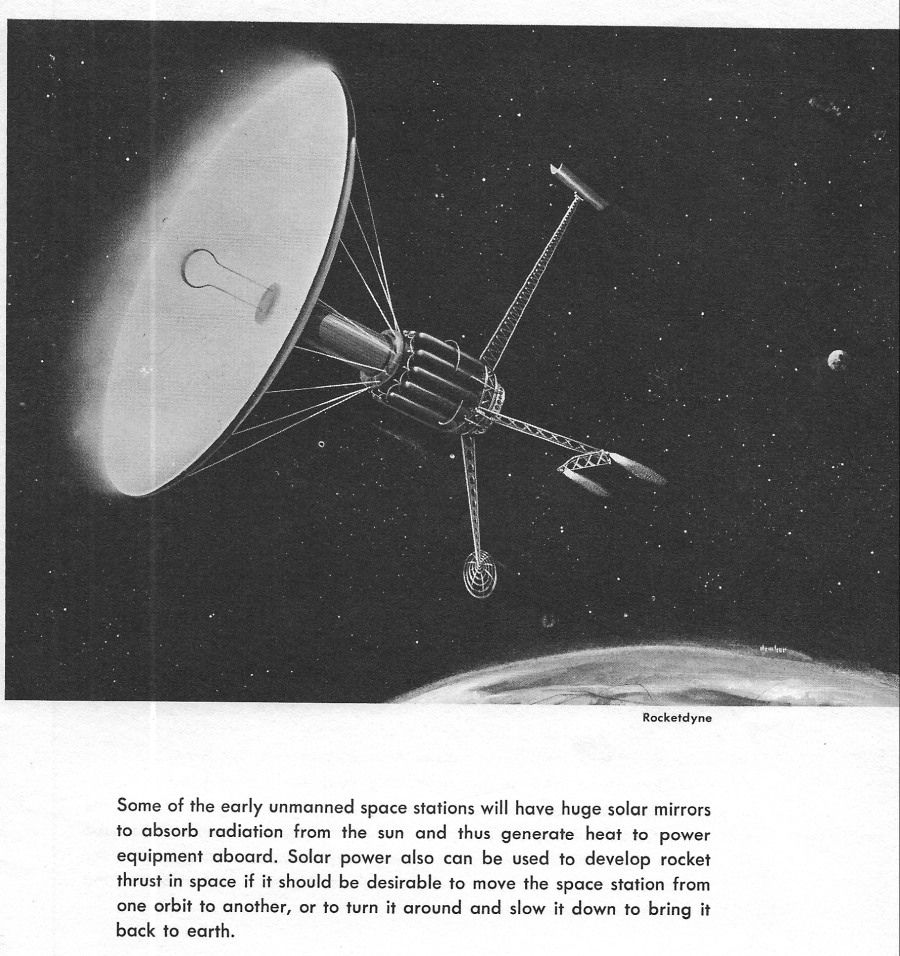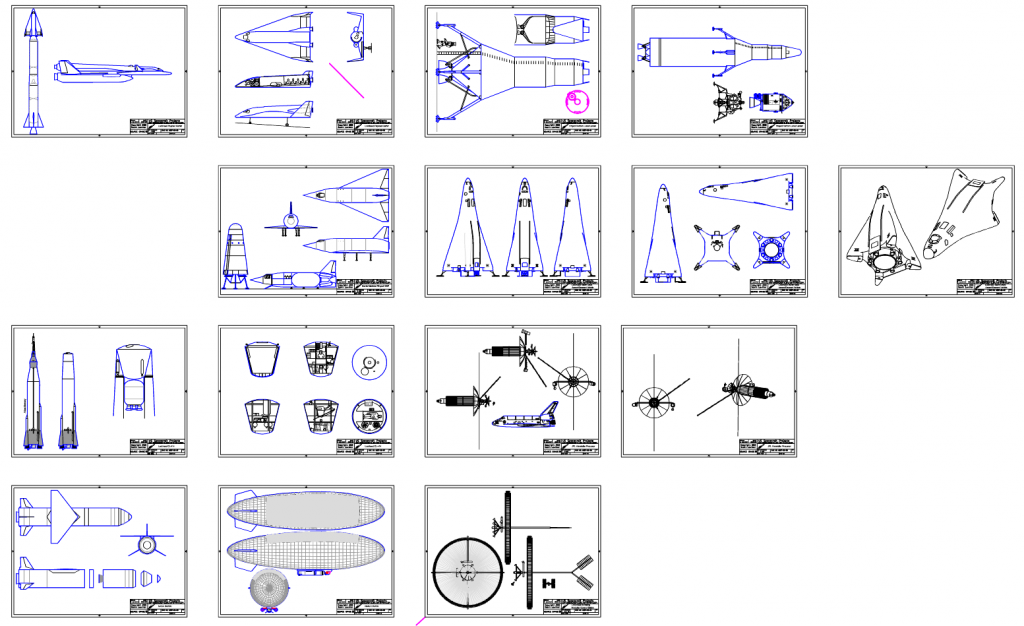As shown in the autoplaying video news story in the link below, the Smithsonian Air & Space Museum has built a full scale replica of the “hotel room” from the end of “2001.”
https://www.cbsnews.com/video/smithsonian-exhibit-explores-2001-a-space-odyssey/
And…
https://airandspace.si.edu/exhibitions/2001-space-odyssey-immersive-art-exhibit
It’s an interesting thing to be sure. But for *me,* they could have chosen other sets that would have been more interesting and compelling. Of course, there are problems with most.
The Aries 1b passenger compartment would be easy. Nice and flat. The Space Station V habitat area would be possible but the built-in curvature of the floor would make it challenging, as well as potentially enormous. The Clavius Base conference room? Easy, but boring. The TMA-1 dig site? Oh, my, giggitty yes, but challenging.
Pod bay? Cool, but cluttered. Centrifuge? Terribly expensive and difficult to actually do anything with… you couldn’t really put people in it, it would not be compelling from the outside; the best you could do is split it in half and have people walk between the to halves as they rotate. Discovery bridge or moonbus interior? Too small.
There is one set that I’ve wanted to build since I was a kid during the 1970’s: the passenger compartment of the Orion III spaceplane. Why? Dunno, shut up. This would be a relatively easy set to construct.But here’s the thing; don’t construct it inside some Smithsonian museum building. Built it – or perhaps several, if they’ll fit – inside a widebody jetliner. There are two possible things you could do with this set:
- Use it as an actual jetliner interior for long distance (transoceanic) flight. Notice how it seems like it might actually be comfortable?
- Say, “alright, let’s shoot for awesome” and send that jetliner onto vomit comet parabolic trajectories. for thirty seconds at a time, the passengers could ride in the replica of a spaceplane and actually *feel* like they were in a spaceplane.
Silly? Perhaps. Expensive? Oh, you betcha. More compelling than a strange hotel room? Hell yes.



Look what the future used to have! Spaceplanes! Commercial space travel! Atomic-powered pens! LEGROOM!





